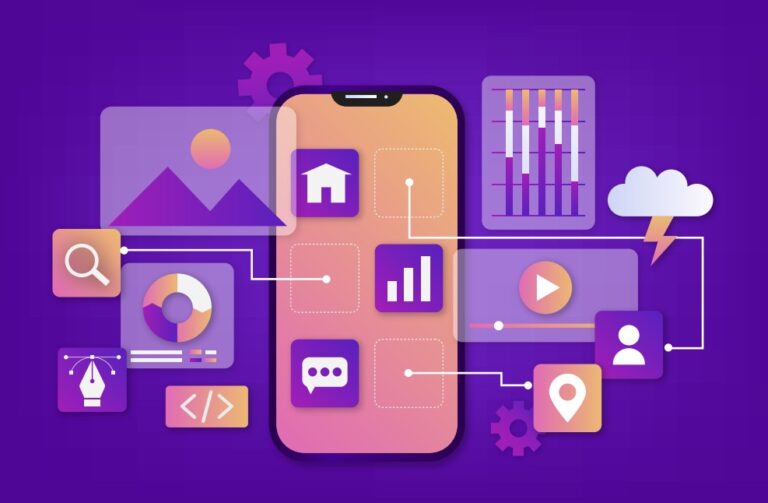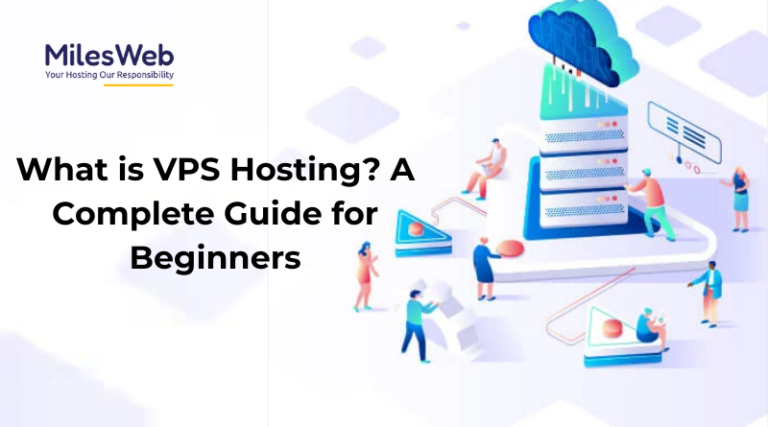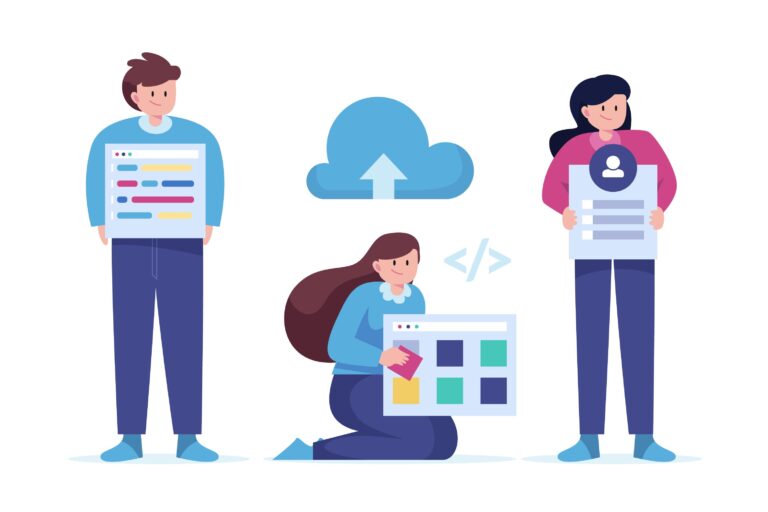Sales and business people think that everything is a matter of luck. On the other hand, sales follow-up has long been a secret ingredient to success in any sales field, as it helps build customer relationships that may later lead to conversion. Here are some techniques for an effective sales follow-up plan for your business to grow. Additionally, various automated tools like targeted videos and marketing automation enable multiple communication channels with prospective and existing clients.
Understanding of Sales Follow-up
The steps that follow a sales attempt are not boring at all, but they are integral in developing and managing customer relationships. These involve reaching out and staying in touch during the entire life cycle of a sale process. At the same time, keeping in touch with them will help establish confidence to facilitate more business transactions and even build relationships for life. The purpose is to have leads become lifelong customers. Keeping in touch builds trust and confidence, crucial in finalizing deals and establishing long-term client relationships.
8 Sales Follow-up Strategies
1. Use Varied Follow-up Methods
If you want to meet the diverse preferences of your potential customers, it will be necessary to use various types of follow-up techniques. However, we should remember that phone calls keep working well and are favored by numerous people, as well as social media connections and direct messaging. By shaping your follow-up strategy following every person’s favorite communication channel, you can enhance the odds of developing a meaningful bond or instigating an action. This is a critical way to communicate with others properly in today’s volatile business world of many cultures.
2. Follow-up with Personalized Videos
They have revolutionized sales by leading personalized videos through dynamic and interactive communication forms that make the viewer feel as if they are conversing with the speaker. Consequently, your message should be precise, short, and personally oriented to the recipients. Instead of speaking generally, you should address them by their names and inform them how much your product will benefit them. As mentioned above, this indicates that customization is necessary in today’s digital world, where customer experience is essential.
3. Multi-Channel Engagement
You should follow up for more responses by sending an email from a different channel, for example, through social media or SMS. In other words, those follow-up emails can refer to the previous Twitter discussion and keep everything in one flow. This will always ensure that your brand’s exposure is kept alive and that every channel available is utilized to the maximum extent possible to reach out to as many consumers as possible. (80 words)
4. Provide Value in Every Follow-up
One thing to consider about any follow-up is that it must be informative enough for the recipient to understand the essential contents of an email. This can be achieved by disclosing your confidential industry data, suggesting possible solutions for their problems, or giving other helpful recommendations. They will then concentrate on updates like research blogs, educational webinars, and exclusive resources to guide them toward success. A successful business will always have valuable content, such as researched blog posts, educational webinars, and premium resources.
This builds credibility within niche markets and develops trust, which is essential in any business relationship. Using appropriate and informative follow-up materials may establish a long-term business connection between two individuals.
5. Specify and Define the Next Steps for Them
You must follow this up immediately and discuss what comes next with your leads or customers. This is meant to take the mystery out of the sales process by providing them with specific steps. Besides, this method also helps them in decision-making, thus simplifying their conversion. Customers may have a better experience if the instructions are clear, precise, and lack ambiguity, leading to increased customer satisfaction and loyalty.
6. Leverage Automation Tools
Your follow-up plan may also incorporate sales automation tools to save time and ensure continuous communication. Other tools can automate different actions in the sales funnel, such as setting up follow-up emails, following customer behavior to give responses, and segmenting the audience for personalized communication. That’s why a mix of manual approaches needs to be used alongside automated ones.
Excessive use of these technologies may lead to client disengagement; people should instead embrace these systems to ensure they are more efficient in operations and keep the essential human element of trust building for relationships.
7. Create Follow-Up Triggers
To make timely and relevant follow-ups, post-event triggers should be based on the customers’ actions, like visiting a website, interacting with an email, or responding to messages prior. Appropriate action for follow-up is taken when these are triggered. Therefore, you can connect with your leads and clients during their ideal buying moments. This guarantees a timely relevance of your engagement, substantially increasing the performance of your follow-up activities and conversion rates.
8. Mention Exclusive Offers or Promotions
An exclusive offer or promotion is a standard means of increasing reaction rates in follow-up emails. To enhance this, the need for audience-specific and requirement-based offers arises. Such may include reduced prices, limited-time sales, or even packages. This is typical of most businesses as they try to increase their sales volume by exciting customers. In so doing, they have individual reader preferences in mind, thus making them purchase the items.
Conclusion
In this competitive business environment, the difference between success and mediocrity is only possible through an effective sales follow-up strategy. Your customer relationships will be stronger, and you will have more growth in sales conversions with these eight pieces of advice. Thus, a successful follow-up should focus on consistency, personalization, and value. Automate if feasible, but remember the human touch.
These strategies will help your company to survive in today’s turbulent market.










